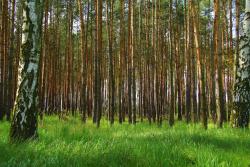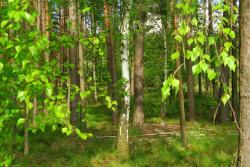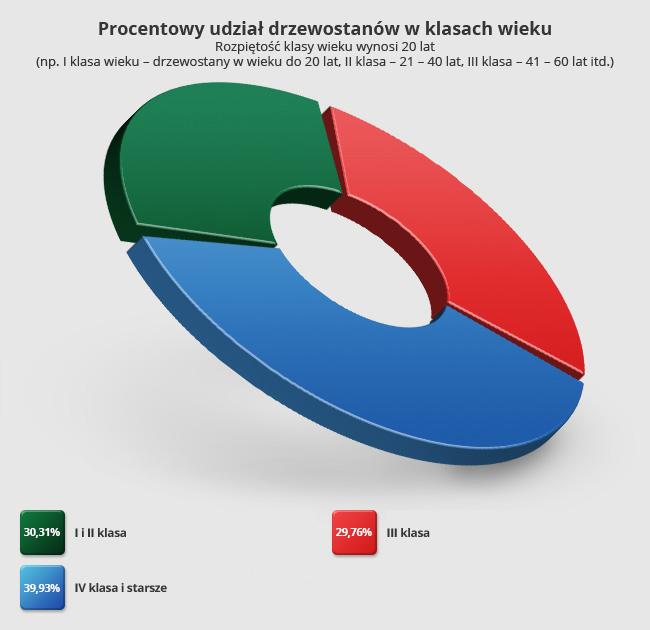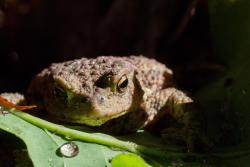 Asset Publisher
Asset Publisher
Zasoby leśne
 Zasoby leśne, fot. Mariusz Grondys
Zasoby leśne, fot. Mariusz Grondys
 Zasoby leśne, fot. Mariusz Grondys
Zasoby leśne, fot. Mariusz Grondys
 Zasoby leśne, fot. Mariusz Grondys
Zasoby leśne, fot. Mariusz Grondys
 Zasoby leśne, fot. Mariusz Grondys
Zasoby leśne, fot. Mariusz Grondys
Na terenie Nadleśnictwa Babimost przeważają siedliska borowe z dominacją sosny.
- bory sosnowe
- bory mieszane
- grądy
- dąbrowy
- lasy łęgowe


 Asset Publisher
Asset Publisher
 Asset Publisher
Asset Publisher
ECOLOGICAL SITES
ECOLOGICAL SITES
The action to regard magnificent trees and elements of inanimate nature as natural monuments was started after the second world war.
The biggest escalation of this initiative occurred in the 70ties and 80ties of the last century. The inventory that was performed within the Forest District Babimost evidenced 19 protected objects having the status of a natural monument ( including one glacial erratic). At the turn of the 20th and 21st centuries new forms of nature protection were introduced. Within the Babimost Forest District there are 6 ecological sites with the total area of 53,83 ha.







 Użytki ekologiczne, fot. Jerzy Malicki
Użytki ekologiczne, fot. Jerzy Malicki
 Użytki ekologiczne, fot. Jerzy Malicki
Użytki ekologiczne, fot. Jerzy Malicki



